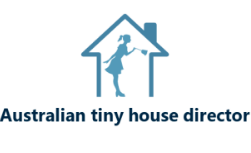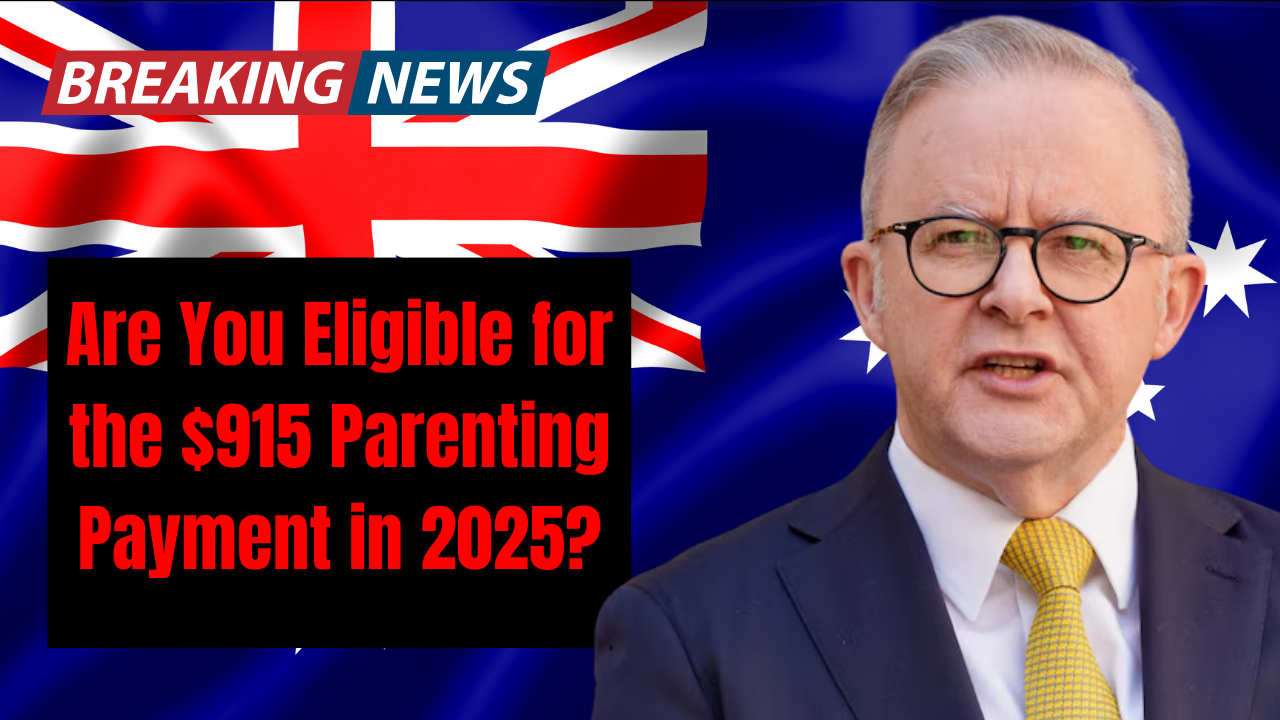The Australian government’s Parenting Payment is a cornerstone of its social welfare system, designed to support families facing financial challenges while raising young children. In 2025, the Parenting Payment continues to provide essential financial relief, with single parents eligible for up to $915 per fortnight and partnered parents up to $718.10. This initiative acknowledges the economic pressures of modern parenting, including rising costs for housing, childcare, and education. With updates to payment rates and eligibility criteria, understanding the program is vital for families seeking to maximize their benefits. This comprehensive guide explores who qualifies for the $915 Parenting Payment in 2025, how to apply, and critical details to ensure you receive the support you’re entitled to.
What is the Parenting Payment?
The Parenting Payment is an income support program administered by Services Australia through Centrelink. It targets parents or guardians who are the primary carers of young children and face barriers to full-time employment due to caregiving responsibilities. The payment aims to alleviate financial stress, ensuring families can meet essential needs like food, clothing, and healthcare. In 2025, the maximum fortnightly rate for single parents is $915, while partnered parents may receive up to $718.10, depending on their circumstances. These rates are reviewed biannually in March and September to account for inflation and economic changes. The payment is part of a broader welfare strategy to reduce child poverty and promote family stability.
Eligibility Criteria for Parenting Payment in 2025
To qualify for the Parenting Payment in 2025, you must meet specific criteria related to your role as a carer, your child’s age, residency, and financial situation. Below is a detailed breakdown of the eligibility requirements:
1. Primary Carer Status
You must be the principal carer of at least one dependent child, responsible for their day-to-day care, welfare, and development. Only one parent or guardian per child can receive the Parenting Payment, ensuring no duplicate claims. If you share care, the parent with the majority of caregiving responsibilities qualifies.
2. Child Age Limits
-
Single Parents: The youngest child must be under 14 years old, following a 2023 policy change that extended eligibility from age 8 to 14. This adjustment, effective from 20 September 2023, recognizes the ongoing demands of parenting older children, particularly for single parents.
-
Partnered Parents: The youngest child must be under 6 years old. This stricter age limit reflects the assumption that partnered parents may share caregiving duties, allowing one parent to return to work sooner.
3. Residency Requirements
You must be an Australian citizen, permanent resident, or hold an eligible visa and have resided in Australia for at least 12 months before applying. Temporary residents may face additional restrictions, and you cannot claim the payment before a child’s birth.
4. Income and Assets Tests
The Parenting Payment is both income- and assets-tested, meaning your eligibility and payment amount depend on your and your partner’s financial situation:
-
Income Test: Single parents can earn up to $2,646.95 per fortnight before the payment is fully phased out. For every dollar earned above a certain threshold (e.g., $150 per fortnight for single parents), the payment reduces by 40 cents. Partnered parents’ payments are affected by combined income, with different thresholds for partners receiving payments like Austudy or Youth Allowance.
-
Assets Test: Your assets, including property, vehicles, and savings (excluding the family home), must be below specific limits. If your assets exceed these limits, you may not qualify. The exact asset thresholds vary and are updated regularly, so checking Services Australia’s website is essential.
5. Exclusions
You may not be eligible if you receive certain Department of Veterans’ Affairs (DVA) payments or if you’re already receiving Parental Leave Pay for the same child. Additionally, mutual obligation requirements, such as job searches or training, may apply if your youngest child is 6 or older, particularly for single parents.
Payment Rates in 2025
As of February 2025, the Parenting Payment offers:
-
Single Parents: Up to $915 per fortnight, including a pension supplement of approximately $28.30. Some sources report a maximum of $987.70 as of September 2024, with potential adjustments in March 2025.
-
Partnered Parents: Up to $718.10 per fortnight, depending on combined income and assets.
Additional benefits may include:
-
Energy Supplement: Helps cover energy costs, with amounts varying by circumstance.
-
Rent Assistance: Automatically assessed when you claim Parenting Payment, provided you pay a certain amount of rent.
-
Other Payments: Depending on your situation, you may qualify for Family Tax Benefit, Child Care Subsidy, or Remote Area Allowance.
Payment rates are subject to change in March and September 2025, reflecting economic conditions like inflation. Always check Services Australia’s website for the latest rates.
How to Apply for the Parenting Payment
Applying for the Parenting Payment is straightforward but requires attention to detail to avoid delays or rejections. Follow these steps:
-
Create or Link a myGov Account: Access Centrelink services by creating a myGov account and linking it to Centrelink.
-
Submit a Claim: Use the “Make a Claim” option in your Centrelink account or call the Centrelink families line at 136 150. Provide details about your child, income, assets, and residency status.
-
Provide Documentation: You may need to submit proof of your child’s age, residency documents, and income details. For newborns, register the birth with your state or territory birth registry.
-
Report Income: Before receiving your first payment, report your and your partner’s income, even if it’s $0. Ongoing fortnightly reporting is required to ensure accurate payments.
Payments typically begin two weeks after approval and are deposited directly into your nominated bank account.
Key Updates for 2025
Several updates to the Parenting Payment program in 2025 are worth noting:
-
Extended Eligibility for Single Parents: The age limit for single parents’ youngest child increased to 14 from 8, effective September 2023, allowing more single parents to remain on the higher-paying Parenting Payment Single instead of transitioning to JobSeeker ($204 less per fortnight).
-
End of ParentsNext: The controversial ParentsNext program, which required participation in job-related activities, was abolished on 1 July 2024. Single parents can now opt into voluntary support services like Parent Pathways to achieve career goals.
-
Biannual Rate Adjustments: Payment rates will be updated in March and September 2025 to reflect inflation and cost-of-living changes.
-
Superannuation for Parental Leave Pay: For children born or adopted on or after 1 July 2025, Parental Leave Pay includes a superannuation contribution, enhancing long-term financial security. This does not directly affect Parenting Payment but complements family support.
Responsibilities and Common Pitfalls
To maintain eligibility and avoid issues like overpayments or debts, recipients must:
-
Report Income Fortnightly: Failure to report accurate income can lead to overpayments, which you may need to repay.
-
Update Circumstances: Notify Centrelink of changes in income, assets, relationship status, or child custody arrangements to prevent payment disruptions.
-
Meet Mutual Obligation Requirements: Single parents with children aged 6 or older may need to engage in job searches, training, or other activities. Non-compliance can result in demerits or penalties.
-
Avoid Common Mistakes: Misunderstanding eligibility rules, missing reporting deadlines, or providing incorrect financial information can jeopardize your payment. Regularly review your myGov account for updates.
Maximizing Your Benefits
To make the most of the Parenting Payment:
-
Combine with Other Benefits: Apply for Family Tax Benefit, Child Care Subsidy, or Rent Assistance if eligible. These can significantly reduce financial strain.
-
Budget Wisely: Use the payment for essential expenses like education or emergency savings to enhance financial stability.
-
Seek Professional Advice: Consult financial advisors or legal experts, such as JJ Lawyers, for complex situations like separation or income disputes.
-
Stay Informed: Regularly check Services Australia’s website or contact Centrelink for updates on payment rates and eligibility.
Real-Life Impact
The Parenting Payment is more than financial aid; it’s a lifeline for families. For single parents, the $915 fortnightly payment can cover school supplies, medical expenses, or rent, reducing stress and enabling focus on child development. Partnered parents benefit from the payment’s flexibility, allowing one parent to prioritize caregiving while maintaining household stability. By supporting low-income families, the program helps prevent child poverty and fosters equitable parenting outcomes.
Looking Forward
Australia’s $915 Parenting Payment in 2025 is a vital resource for parents navigating the financial challenges of raising young children. By understanding eligibility criteria, application processes, and ongoing responsibilities, families can secure this support and combine it with other benefits like Family Tax Benefit or Rent Assistance. With updates like extended eligibility for single parents and the end of ParentsNext, the program is adapting to modern family needs. Stay proactive by reporting income accurately, monitoring updates, and leveraging available resources to ensure financial stability and focus on what matters most—raising your children. For the latest information, visit Services Australia’s website or contact Centrelink.

